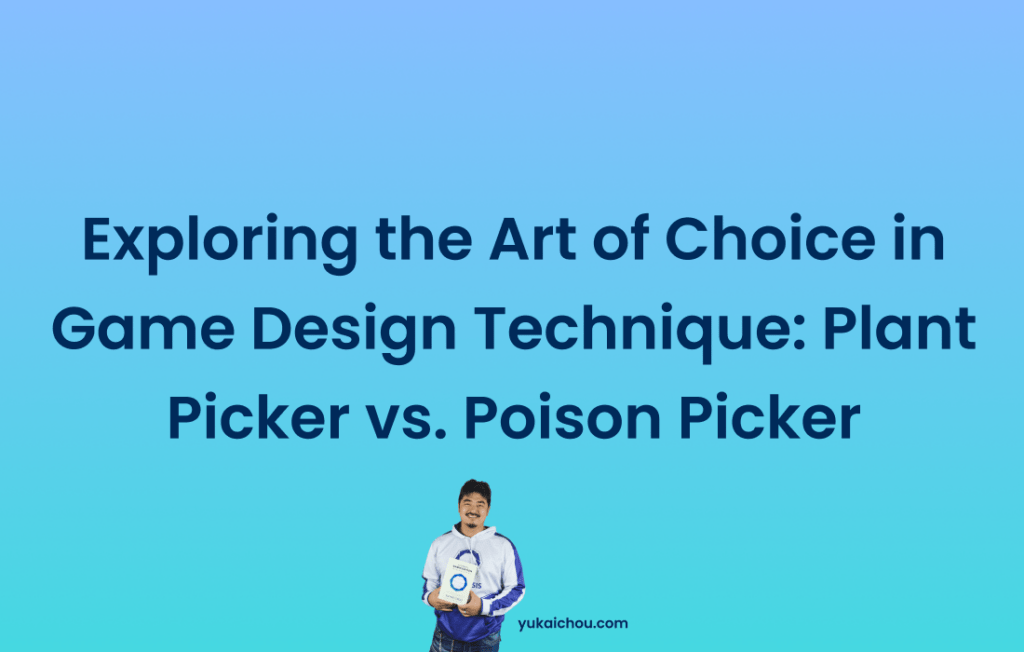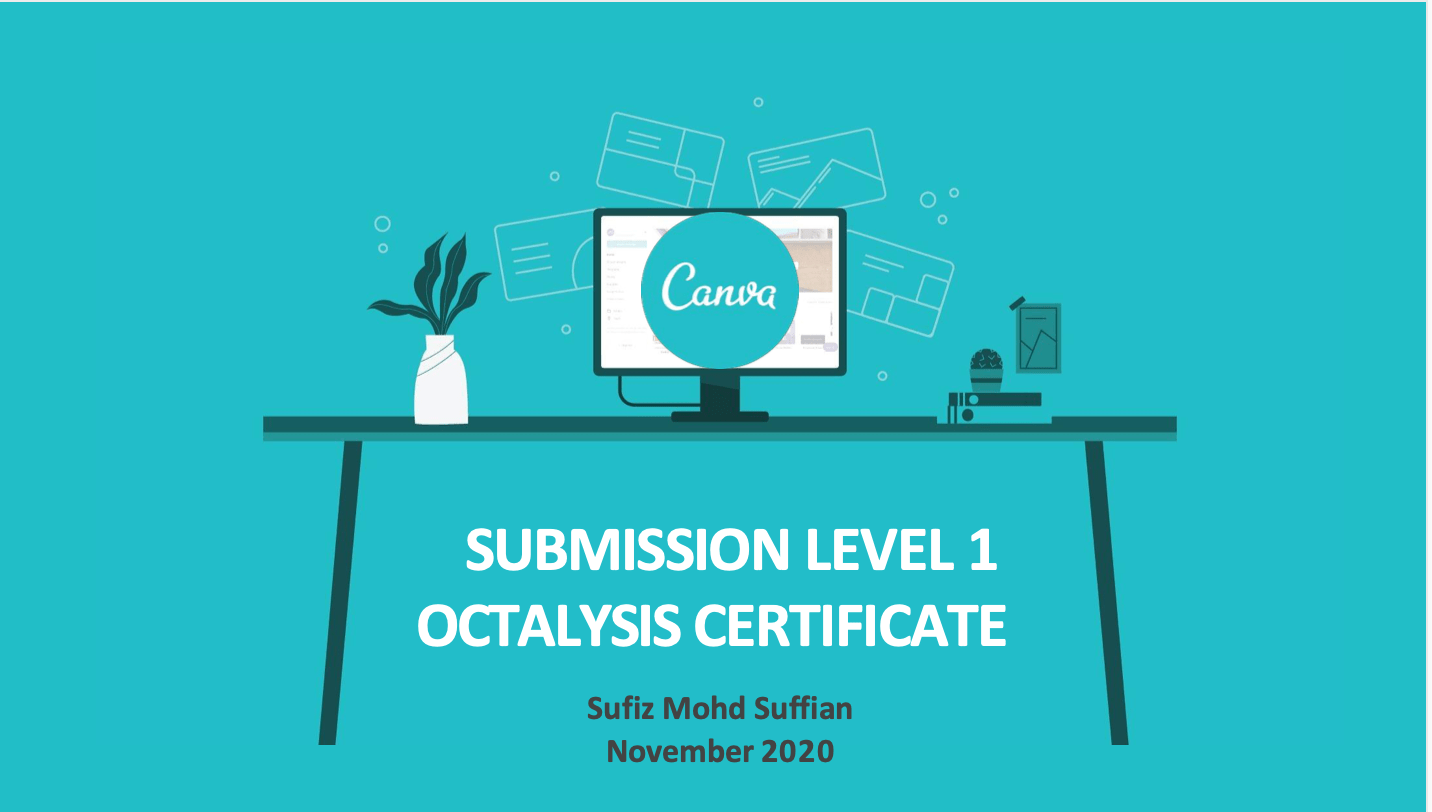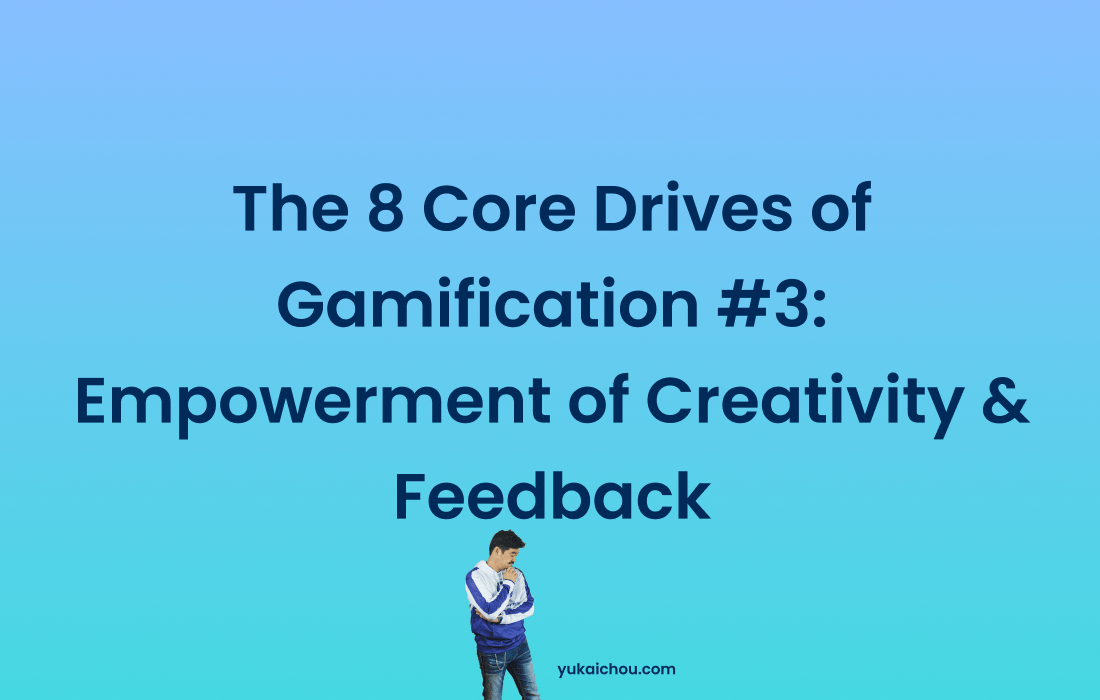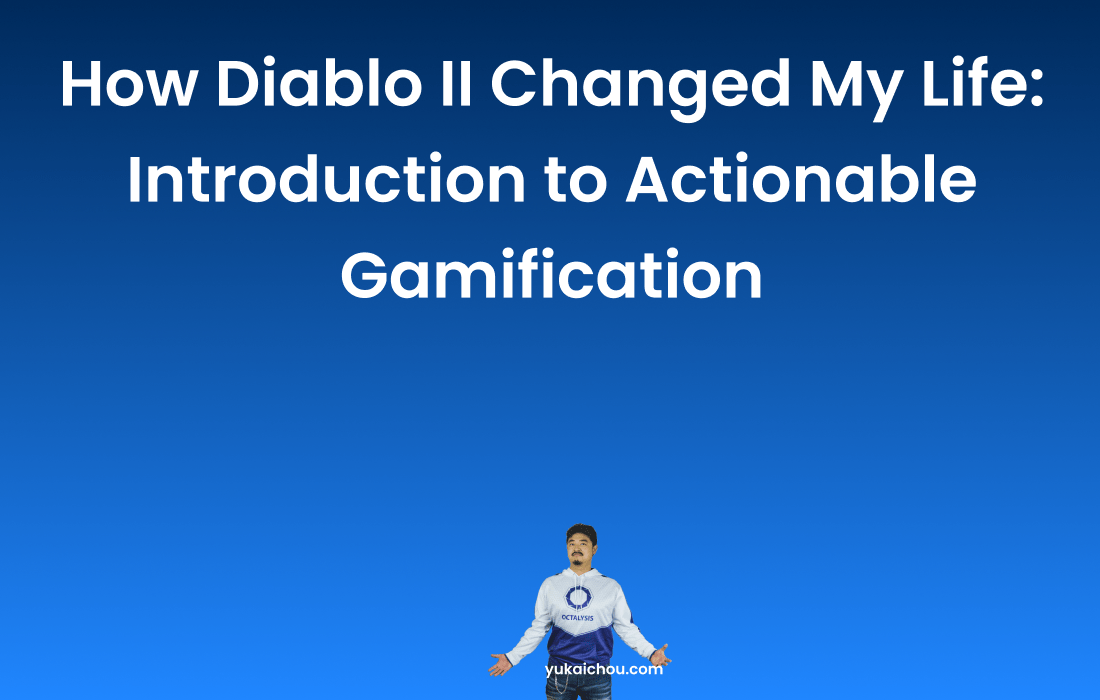
In the realm of game design, understanding how to engage players is key to creating memorable experiences. In this article post, we’re going to explore two distinct game design techniques (GT): the “Plant Picker (GT #11)” and the “Poison Picker (GT #89).” Both these techniques are part of Core Drive 3: Empowerment of Creativity and Feedback, in the Octalysis Framework.
Understanding the Concept of Choice in Games
Choice is a fundamental aspect of human experience, and its integration in games is no less significant. Players generally prefer games that offer choices over linear, predictable gameplay. This brings us to two ways of integrating choices in games: meaningful choices (Plant Picker) and the feeling of choice (Poison Picker).
Plant Picker: The Essence of Meaningful Choices
Plant Picker: This term refers to a design technique where players are given meaningful choices that significantly impact the game’s outcome. These choices are substantial and lead to different consequences or paths in the gameplay. For example, in a strategy game, choosing to build one type of unit over another could drastically change the player’s ability to overcome challenges, thereby affecting the overall strategy and experience. The term “Plant Picker” is derived from the idea of choosing what plants to grow in a garden, where each choice (like different plants) has distinct outcomes and growth patterns.
The concept of the Plant Picker is central to creating a game where choices genuinely impact the player’s journey. It’s not just about providing options; it’s about ensuring these choices have real consequences and add value to the gaming experience.
When we talk about meaningful choices in games, we look at how diverse the players’ approaches can be. For instance, in the game “Plants vs. Zombies,” players must choose from a variety of plants, each with unique abilities, to defend against zombie invasions. This choice isn’t superficial; it fundamentally alters the way the game is played. This kind of strategic depth is what makes a game engaging and replayable.
When players encounter a Plant Picker scenario, they feel genuinely in control of their game journey. This could be selecting strategies, pathways, or responses that significantly alter the game’s progression. Such choices enrich the gaming experience, making each playthrough unique and player-specific.
Poison Picker: The Perception of Choice
Poison Picker: In contrast, “Poison Picker” is a game design technique that gives players the illusion of choice. Here, the choices presented to the player don’t significantly alter the game’s main storyline or outcomes. They are designed to give players a feeling of control and freedom, even though the choices may not have a meaningful impact on the game’s progression. This technique can be seen in games where players are given dialogue options that don’t change the overall story, but allow for a personalized experience. The term suggests a scenario where, regardless of the choice made (like choosing between two “poisons”), the outcome remains largely the same.
The Poison Picker revolves around the idea of giving players the feeling of choice, even when these choices have a limited impact on the game’s outcome. This technique is not about deceiving the player but about providing an experience where they feel a sense of autonomy and involvement.
The term “Poison Picker” might evoke negative connotations, but in the context of game design, it’s a nuanced concept. It’s about presenting choices where, regardless of the decision made, the outcome remains largely unchanged. This could manifest as choices where one option is clearly superior to others, or where the decision doesn’t significantly alter the game’s course.
Psychological Appeal
Interestingly, the perception of choice can sometimes be as satisfying as actual choice. This is evident in games where players choose dialogue options that don’t necessarily change the plot but allow for a personalized expression. It’s about crafting an experience where players feel heard and acknowledged, even within the confines of the game’s design.
Studies suggest that we are happier when offered a choice between less desirable options than when forced into a seemingly better option. This can be observed even in young children, who relish their newfound sense of autonomy by exercising choice, even in trivial matters.
In game design, this might look like offering players dialogue choices that don’t affect the game’s main storyline but allow for personal expression. For instance, a player might choose how to respond to an NPC (Non-Player Character), affecting only the immediate interaction but not the overall narrative. This creates a sense of freedom and personalization without altering the game’s core.
Balancing Both Techniques in Game Design
The art of game design often involves finding a balance between meaningful and perceived choices. While meaningful choices provide depth, perceived choices offer a sense of freedom without complicating the game’s structure.
Effective game design often involves a careful balance of both Plant Picker and Poison Picker techniques. While meaningful choices add depth and engagement, the perception of choice can streamline the gaming experience and guide players without overt restrictions.
Creating a game rich in meaningful choices demands a high level of design skill. It’s about constructing a framework where choices feel impactful and yet don’t disrupt the game’s balance. This requires thoughtful design and an understanding of player psychology.
The Designer’s Perspective
From a designer’s viewpoint, this balance is crucial. Too many meaningful choices can overwhelm players, while too many illusory choices might render the game superficial. The art lies in creating a seamless blend that keeps players engaged and satisfied.
Case Studies in Game Design
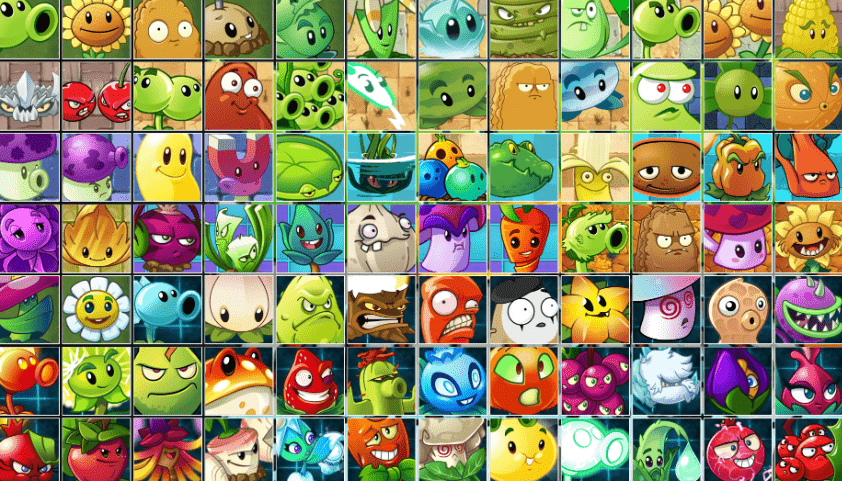
- Plants vs. Zombies:
“Plants vs. Zombies” exemplifies a Plant Picker strategy game by offering players meaningful choices that significantly impact gameplay. Players select from various plants, each with unique abilities, to defend against diverse zombie types. Strategic decision-making is key, involving careful resource management (sun points) and tactical placement of plants. Each level presents new challenges, requiring adaptation and thoughtful planning. The choices made directly affect the ability to repel zombie waves, emphasizing the importance of each decision. This strategic depth and the impact of player choices on the game’s outcome highlight why “Plants vs. Zombies” is a prime example of the Plant Picker strategy. - Pokemon Go: The game’s decline in popularity was partly due to a lack of meaningful choices, demonstrating the importance of strategic depth in retaining player interest. Due to its repetitive gameplay centered around catching Pokémon, which relies more on chance than strategy. Player decisions, like which Pokémon to catch or where to explore, have limited long-term impact on the game’s progression. The game offers limited strategic depth, with battles being straightforward and largely influenced by Pokémon CP (Combat Power) rather than tactical choices. Most Pokémon have similar utilities, reducing the significance of choice in team composition. Additionally, the game has minimal player-to-player strategic interaction, further limiting the scope for meaningful decision-making. These factors contribute to a perception of limited strategic choice in “Pokémon Go.”
- Black Mirror Bandersnatch: A prime example of these concepts in action is the Netflix series “Black Mirror: Bandersnatch.” This interactive film initially presented viewers with a multitude of choices, creating an illusion of vast control. However, as the narrative progressed, it became evident that many choices led to similar outcomes, exemplifying the Poison Picker approach. Despite this, the experience was widely celebrated for its innovative integration of viewer choice, demonstrating the power of perceived autonomy.
The Octalysis Framework and Game Design
The Octalysis Framework, developed by myself, Yu-kai Chou, is instrumental in understanding player motivation. Core Drive 3 focuses on providing players with creative freedom and feedback on their choices. In the context of Plant Picker and Poison Picker, this Core Drive emphasizes the importance of offering choices that not only engage players but also empower them to explore and influence the game world.
Applications Beyond Gaming
The principles of Plant Picker and Poison Picker extend beyond gaming into areas like education, app design, and interactive storytelling. Understanding how to utilize these concepts can significantly enhance user engagement and satisfaction across various fields.
- Education: In educational settings, incorporating Plant Picker strategies means giving students meaningful choices in their learning process, like selecting topics, projects, or learning paths. These choices can significantly affect their engagement and learning outcomes. Poison Picker strategies can be used to give students a sense of control and autonomy, even in more structured learning environments, by offering choices that create a perception of freedom without drastically changing the educational content.
- Product Design: In product design, Plant Picker strategies involve allowing customers to make choices that genuinely affect the product’s functionality or user experience. This could include customizable features or adaptable interfaces. On the other hand, Poison Picker strategies may involve presenting users with options that give a sense of control and personalization, such as aesthetic choices, without altering the core functionality of the product.
- Interactive Storytelling: In this field, Plant Picker choices allow the audience to significantly influence the story’s direction or outcome, providing a deeply personalized experience. This can be seen in choose-your-own-adventure stories or interactive movies. Poison Picker, in contrast, offers choices that give the audience a feeling of participation and influence over the narrative, even if these choices do not significantly alter the story’s main plotline.
In all these fields, the application of Plant Picker and Poison Picker techniques caters to the psychological need for autonomy and control, enhancing user engagement, satisfaction, and personal investment in the experience. Whether it’s for educational purposes, product usability, or narrative engagement, these strategies help create more interactive and user-centered designs.
Conclusion
In summary, understanding and implementing the dynamics of Plant Picker and Poison Picker can profoundly impact the success of a game or any interactive experience. By providing players with a mix of meaningful and perceived choices, designers can create more engaging, satisfying, and immersive experiences.
I encourage fellow designers and enthusiasts to share their insights and experiences with these techniques, whether in gaming, educational tools, or other interactive platforms. Your contributions will help further our understanding of these fascinating aspects of game design. Looking forward to seeing your creative applications and discussions in the community!


